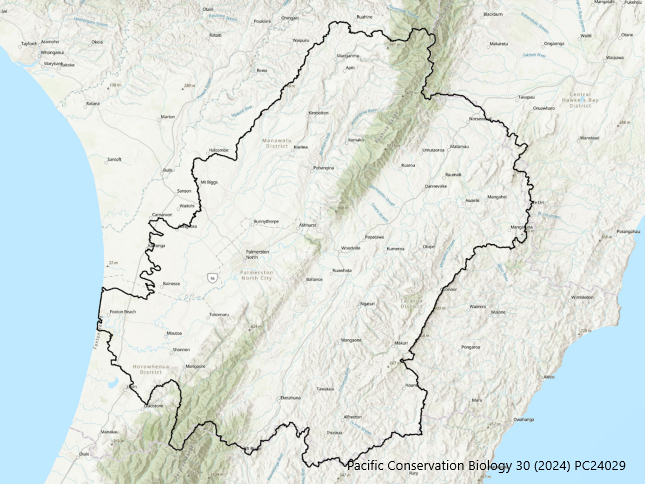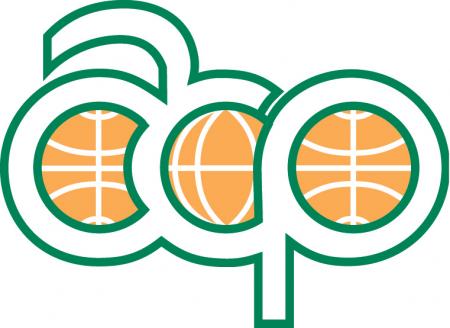
In many countries, community-based conservation plays an important role in protecting natural ecosystems and preserving biodiversity. However, community-based conservation groups face a variety of challenges including recruiting and retaining volunteers, maintaining relationships with stakeholders and monitoring progress towards achieving conservation objectives. In order to address these challenges, it is important to understand the barriers to volunteering, and ways to assess and improve effectiveness. Methods. This research explores these barriers and looks at some potential solutions through a case study of community-based conservation in the Manawatu region of Aotearoa New Zealand. Twenty-one in-depth, semi-structured interviews were carried out with group leaders and other key stakeholders and an online questionnaire was used to explore the experiences and perspectives of volunteers participating in community-based conservation initiatives. Key results. Our research showed that one of the most effective ways of recruiting new volunteers was through social interaction and that the main barriers to participation were time commitment and health issues. Conclusions. Relationships between volunteers, non-government organisations and government agencies impact the success of local groups, and environmental monitoring was key to obtaining funding and documenting success. Implications. A collaborative approach creates a framework that encourages participation by empowering communities to work together on conservation initiatives, and can increase volunteer commitment. Increased recognition ofthe importance of M¯aori culture and interestswill also further collaboration with Indigenous communities.














